Sensory Seeking Behavior in Children: What to Know
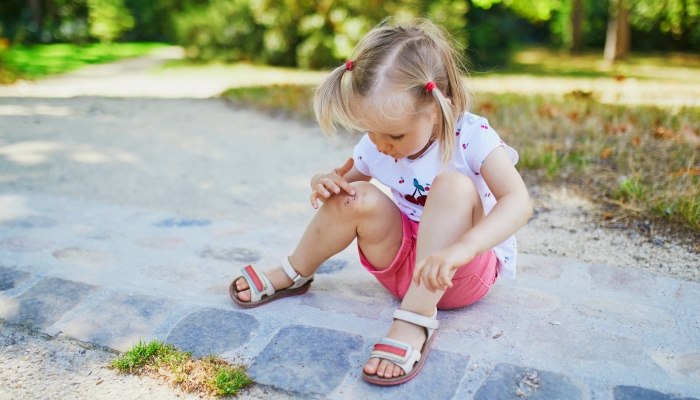
- Sensory-seeking behaviors in children involve seeking out stimulation from their five senses and three sensorimotor senses.
- A sensory-seeking child might jump a lot, spin, be in your face, and/or constantly touch things.
- When sensory input increases, sensory seekers get more dysregulated.
- Sensory-seeking behaviors can be regulated with structured sensory experiences and body awareness.
- A comprehensive psychological evaluation will help best identify your child’s unique needs.
Children are active, energy-packed beings—but does it feel like your child is wound up more than others? Are they constantly moving, in your face, or literally bouncing off the walls?
Some children appear to have a need to touch everything. Or they are overly affectionate, seeking tight hugs often.
Yes, this can describe many children, but does it seem like your child is craving this type of stimulation? And once they get it, do they seem even more dysregulated?
Some children have an unusually intense desire to seek out sensory experiences. Sensory-seeking behaviors involve seeking out stimulation from the body’s different senses. It can be a type of sensory processing disorder.
As sensory-seeking behaviors increase, so can behavioral difficulties and parental stress.
Understanding your child’s sensory needs, offering structured sensory stimulation, and seeking professional help early can positively impact your child’s development and your relationship.
What Are Sensory Seeking Behaviors?
Sensory-seeking behaviors consist of intense interest in sensory input. Sometimes called sensory craving, it is the tendency to seek out experiences across the eight different senses. There are the main five senses:
- Sound
- Smell
- Taste
- Sight
- Touch
But our bodies also have three other senses:
Vestibular Sense (Balance)
Sensory seekers are also sometimes viewed as clumsy. Some kids tend to struggle with balance and motor control. The vestibular system is responsible for motor skills such as speed of movement and the body’s position in space. This sensory system keeps track of where we are and where we are going.
Proprioceptive Sense (Awareness of The Body in Space)
Children with sensory-seeking behaviors typically have poor coordination and balance and less awareness of how their bodies move. The proprioceptive system is the awareness of our body in relation to space. It is an understanding of the space between oneself and others or objects around them.
Interoception (Internal Sensations)
Although your sensory-seeking child might not be seeking interoception input, they may have sensitivities to internal sensations. Interoception is the awareness of sensations related to physiological and physical conditions within the body including hunger, thirst, and stomachaches. Some children are more in tune with their body’s sensations and needs while others are less sensitive.

Examples of Sensory Seeking Behavior in Children
Some kids are more sensitive to sensory input while others require more sensory input. A sensory-seeking child is typically an active child seeking out lots of sensory input.
A sensory-seeking child might jump a lot, spin, or constantly touch things. Depending on the child and the type of sensory input they seek, behaviors may include:
- Jumping off high places or intense thrill-seeking movements
- Repetitive motions such as spinning or swinging
- Slamming into walls, furniture, or others
- Touching or stroking objects such as hair, soft blankets, walls
- Trouble sitting still
- Smelling objects
- Putting objects in or near the mouth
- Toe walking
- Accidentally hurting people or breaking things
- Getting hurt often but showing minimal pain
Sensory seekers sometimes struggle with sensory awareness and motor coordination. A sensory seeker may not know they are getting hurt and will continue the behavior.
Lots of children enjoy sensory activities, but a sensory-seeking child craves sensory activities. And once sensory input increases, a true sensory-seeking child will become more dysregulated.
The more stimulation a sensory seeker receives, the more disorganized they become.
What Causes Sensory Seeking Behaviors in Children?
Although the causes of sensory-seeking behaviors are not clear, one thing is certain—parents are not to blame. If you find yourself questioning whether you did something to cause your child’s sensory craving behaviors, researchers disagree. In fact, there is not a lot of research available identifying what causes sensory-seeking behaviors.
Initial research from the Star Institute, a leader in sensory health and research, states that sensory processing issues can possibly be genetically inherited or due to prenatal or birth complications.
Can Sensory Seeking Behaviors Be a Sign of Something Else?
Sensory-seeking behaviors can indicate a sensory processing disorder (SPD). SPD is not a diagnosis or a medical classification. Sensory processing issues don’t typically occur in isolation and can be an indication of other developmental delays or a neurodiverse condition.
This does not mean that if your child has sensory issues they also have a developmental delay or another diagnosis. It is important to have a professional comprehensive evaluation completed for your child to see if your child’s sensory sensitivity is related to another diagnosis.
Attention-Deficit Hyperactivity Disorder (ADHD)
Children that seek out intense movement, from jumping off high places to slamming into objects, are sometimes referred to as “thrill seekers.” It is common for these sensory-seeking children to have problems refraining from movement. A child with ADHD and sensory-seeking behaviors may have issues with attention, hyperactivity, or boredom.
Giftedness
A gifted child is naturally a bit more sensitive. According to Star Institute, up to one-third of gifted children have a sensory processing disorder. It is common for gifted children to have a heightened awareness and response to sensory stimulation. A gifted child might be more sensitive to some sensory input while also seeking intense movements.
Autism Spectrum Disorder (ASD)
Most children with SPD do not have an autism spectrum disorder. However, about three-fourths of children with ASD have sensory challenges. A child with ASD might need more sensory stimulation and typically has repetitive sensory-seeking behaviors.
Neurological differences can cause a child to have difficulty sensing and processing information from physical sensations. A child may struggle with motor coordination and sensory awareness.
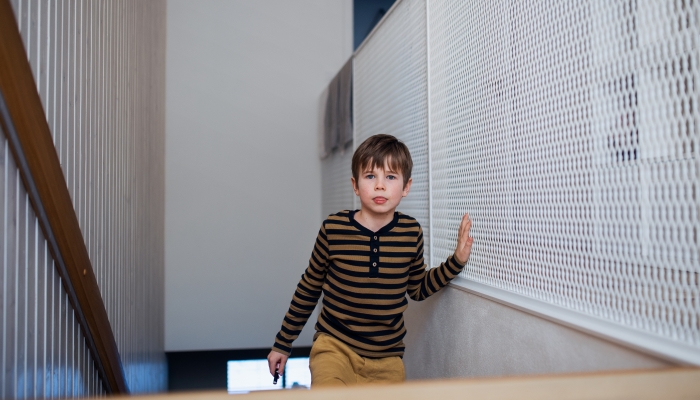
How Do Sensory Seeking Behaviors Affect Childhood Development?
Sensory-seeking behaviors can impact a child’s cognitive, emotional, social, and/or motor development. As sensory processing challenges increase, it is common for behaviors and stresses to also increase.
Kids with sensory processing difficulties might struggle in school due to attention problems, behavior disruptions, and emotional challenges.
Sensory-seeking kids sometimes have difficulty with social relationships. A child may lack personal space awareness, invade a peer’s personal space, or unintentionally rough play with other children.
Tips When Dealing With a Sensory-Seeking Child
Since sensory seekers become more dysregulated with additional sensory stimulation, it is important to be mindful of your child’s sensory-seeking activities. You want to provide your child with structured sensory experiences while also bringing awareness to your child’s body.
Structured Sensory Activities
Children seeking sensory input will be more successful with activities that are goal-oriented and have a clear start and stop. If your child is seeking vestibular and proprioceptive input try activities that involve interruption such as “freeze tag” or “red-light, green-light.”
Offer the following activities with a clear start and stop time:
- Climbing opportunities on playground equipment
- Swinging with sensory swings
- Squishing pillows
- Deep pressure massage
- Jumping on the trampoline
- Hanging on the monkey bars
- Pulling a wagon
- Wall pushes
- Messy play (finger painting, shaving cream, water bins)
Create a visual board for transitions, set a timer, or agree upon a set number of jumps/swings/etc. before moving to another activity.
Body Awareness
Help your child become more self-aware by acknowledging when they are dysregulated. You can say something like, “I see your body moving really fast. It looks like your body needs a break.” Offer calm activities that require being more still and then acknowledge if your child has slowed down saying something like, “I see that break really helped your body relax.”
Treating Sensory-Seeking Behaviors in Children
If you notice your child’s sensory behaviors increasing and it is causing more dysregulation or impacting your child’s regular daily living, seek professional support. Request a comprehensive psychological evaluation to see if the sensory differences are related to any other issues with behavior, attention, emotions, or cognitive processing.
An occupational therapist (OT) can help provide you and your child with interventions that will best meet their unique sensory need. An OT will create a treatment plan, sometimes referred to as a sensory diet, that utilizes sensory integration therapy to focus on your child’s specific sensory processing concerns and will help your child with sensory regulation.
Seeking professional support will help you and your child better understand their sensory processing differences and will help you respond appropriately to their sensory-seeking behaviors.
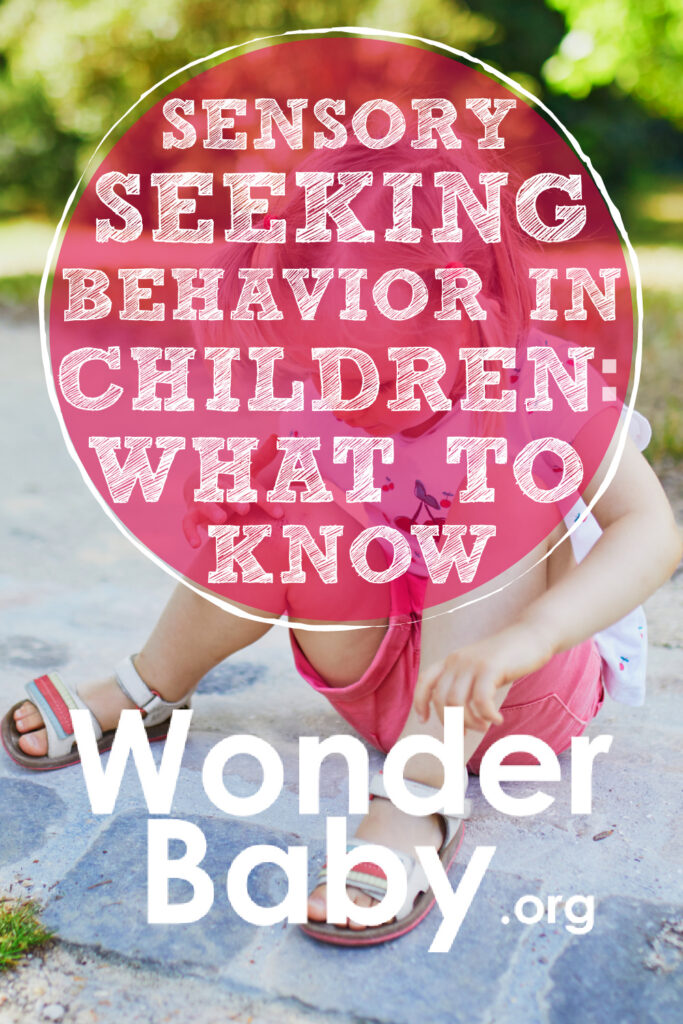
Related Posts
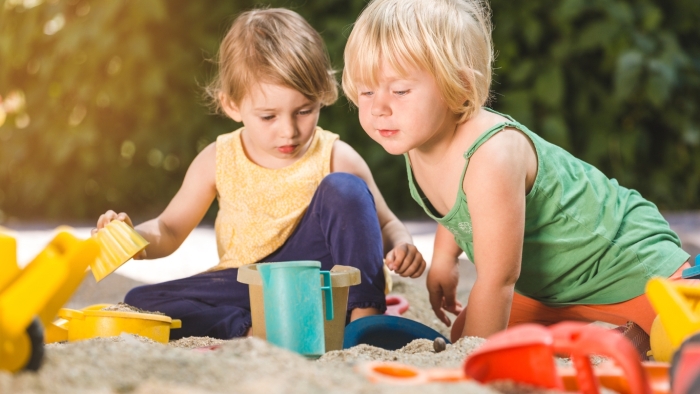
Sensory Activities
5 Sand Play Activities to Encourage Fine Motor Development
Sensory bin, at the beach, or in a sandpit? Try these sand play activities to help toddlers and preschoolers develop their fine motor skills.

Sensory Activities
5 Edible Sensory Play Ideas
Check out our favorite edible sensory play activities to engage children's senses, boost their development, and provide hours of fun.
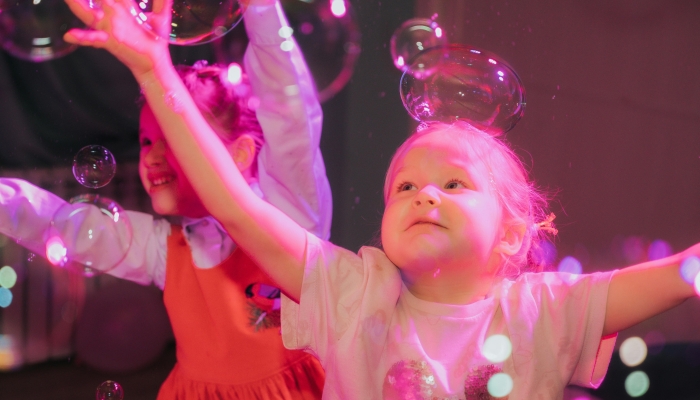
Sensory Activities
How to Make Unpoppable Bubbles
Discover the secret to making unpoppable bubbles with this easy guide. You only need three ingredients!